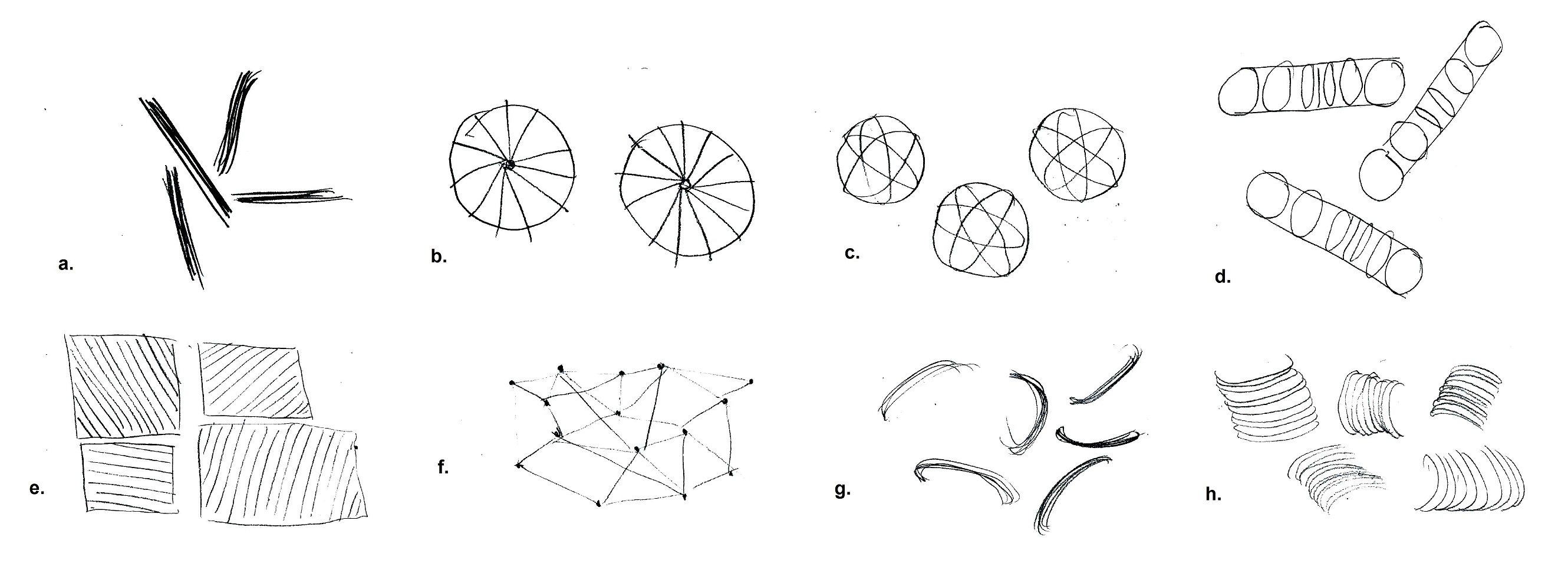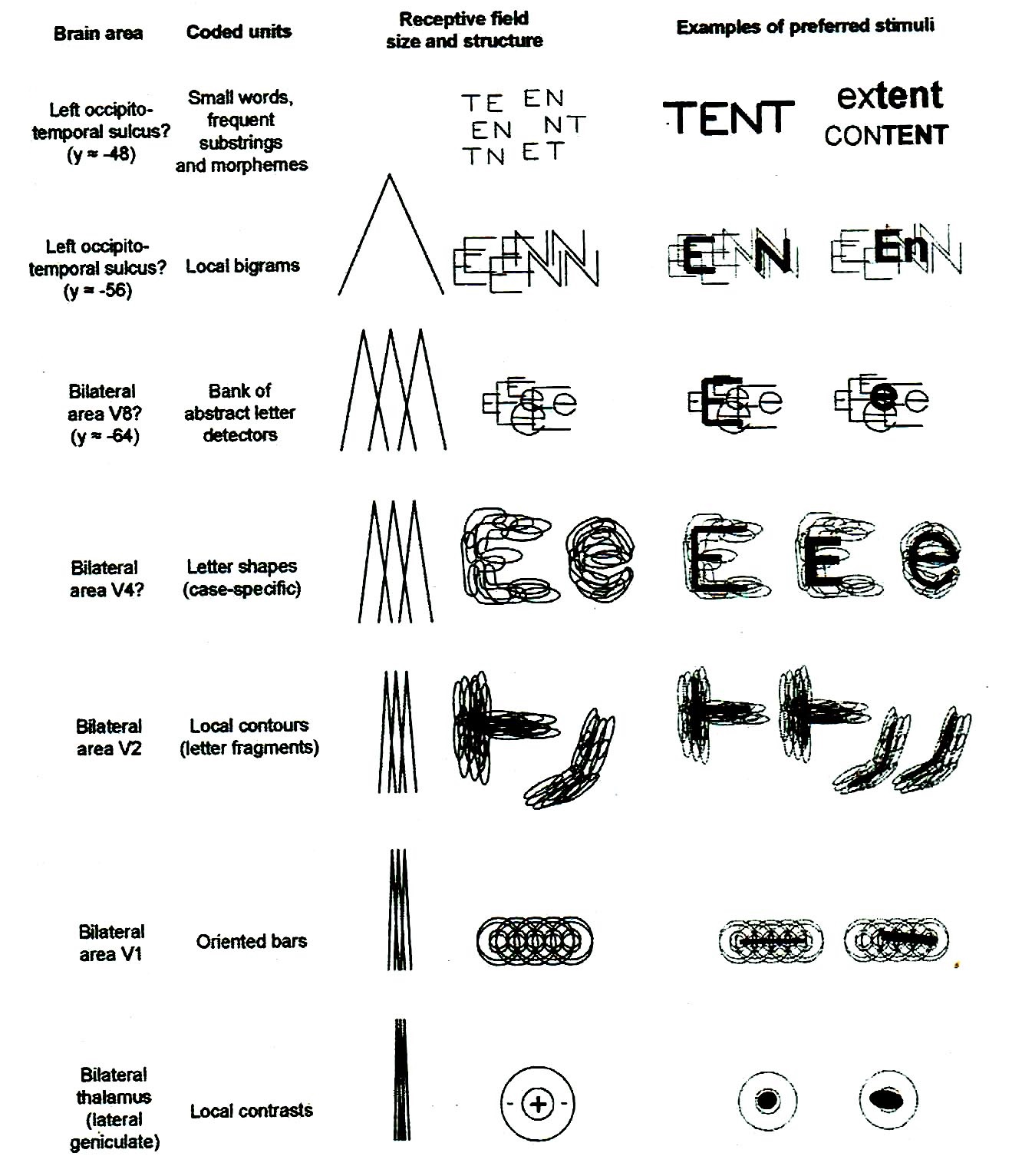RB Warmups: Difference between revisions
No edit summary |
No edit summary |
||
| (One intermediate revision by the same user not shown) | |||
| Line 16: | Line 16: | ||
To these exercises I have added a few more. | To these exercises I have added a few more. | ||
Performing these exercises forces the eye and hand to work together. They are to be done as quickly as possible to force the eye and hand to work with precision at speed in different orientations. | Performing these exercises forces the eye and hand to work together. They are to be done as quickly as possible to force the eye and hand to work with precision at speed in different orientations. | ||
{| class="infobox" cellspacing="5" style="width: 12em; text-align: left; font-size: 100%; line-height: 1.5em;" | {| class="infobox" cellspacing="5" style="width: 12em; text-align: left; font-size: 100%; line-height: 1.5em;" | ||
! colspan="2" class="infobox-image" | [[File:_drawing_warmups_2_hi_f.jpg|750px|2nd level warmups]] | ! colspan="2" class="infobox-image" | [[File:_drawing_warmups_2_hi_f.jpg|750px|2nd level warmups]] | ||
|- | |- | ||
| colspan="2" | | | colspan="2" | Additional eye-hand warm-up exercises. a. Zaps; b. Suns; c. Arrows; d. Arrow-Sun. | ||
|- | |- | ||
|} | |} | ||
These help the eye and hand adapt to different rhythms with gradually increasing complexity. The rhythmic structure of a contour is very important for expressing underlying structure in a 3-D object. | |||
'''Analysis''' | |||
The first set of patterns reminded me of a set of basis functions with a single spectral frequency. The second set was designed to create some other functions for coordinated movements with a wider frequency band, as [https://en.wikipedia.org/wiki/Wavelet wavelets] relate to sinusoidal waves. This increments the complexity of eye-hand coordination by a small factor. The last two figures are somewhat challenging to draw accurately at speed. | The first set of patterns reminded me of a set of basis functions with a single spectral frequency. The second set was designed to create some other functions for coordinated movements with a wider frequency band, as [https://en.wikipedia.org/wiki/Wavelet wavelets] relate to sinusoidal waves. This increments the complexity of eye-hand coordination by a small factor. The last two figures are somewhat challenging to draw accurately at speed. | ||
Latest revision as of 10:14, 2 May 2024
Link to: Category:OSERB
Duration: About 10 minutes
Some drawing warmup exercises are recommended in a Youtube video and are summarized below:

| |
|---|---|
| Quick eye-hand warm-up exercises. a. Ten Strokes; b. Cartwheels; c. Atoms; d. Coin Flips; e. Hatching; f. Connect the Dots; g. Half Ellipses; h. Curved Hatching. |
To these exercises I have added a few more.
Performing these exercises forces the eye and hand to work together. They are to be done as quickly as possible to force the eye and hand to work with precision at speed in different orientations.

| |
|---|---|
| Additional eye-hand warm-up exercises. a. Zaps; b. Suns; c. Arrows; d. Arrow-Sun. |
These help the eye and hand adapt to different rhythms with gradually increasing complexity. The rhythmic structure of a contour is very important for expressing underlying structure in a 3-D object.
Analysis
The first set of patterns reminded me of a set of basis functions with a single spectral frequency. The second set was designed to create some other functions for coordinated movements with a wider frequency band, as wavelets relate to sinusoidal waves. This increments the complexity of eye-hand coordination by a small factor. The last two figures are somewhat challenging to draw accurately at speed.
Compare these figures with an illustration (below) from the book "Reading in the Brain" by Stanislas Dehaene (2009). This figure shows a progression from bottom to top as progressive layers of neurons associate primitive shapes into more complicated shapes. Here the goal is to recognize letters, pairs of letters, and then whole words. In the book he actually maps out the locations in the brain where these processing steps occur in reading.
We make an analogy between eye-hand movements and shape recognition in reading. Assuming the existence of analogous layers of neurons responsible for coordinating eye-hand movement we start with simple movements and then combine them into more complicated forms. By practicing with shapes with increasing levels of complexity we can develop precision in the intermediate layers in the (hypothetical) eye-hand motion system.

| |
|---|---|
| Assembly of simple visual responses into letters and words (from bottom to top) from Dehaene, "Reading in the Brain" pg. 151. |